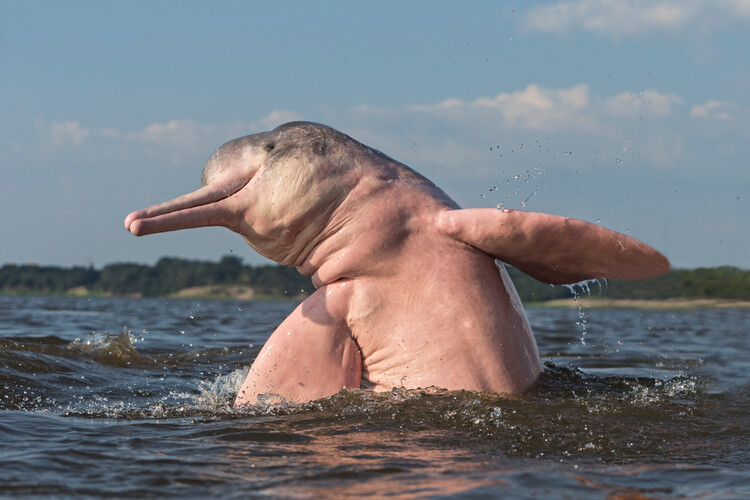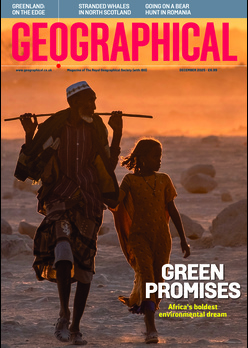
A new global declaration aims to pull endangered river dolphins and porpoises back from the brink of extinction
By
Dolphins and porpoises, with their playful antics, sociability and cute looks, have to be one of the world’s best-loved animals. They are, of course, intimately associated with the world’s oceans, so it can come as a surprise to many to learn that there are a number of species of dolphins and porpoises living in rivers hundreds of kilometres from the nearest salty water.
Naturally shy creatures, the world’s river dolphins and porpoises are far less known and understood than their marine cousins, but one thing that scientists are unanimous in their agreement on is that they are in serious peril. It’s thought that since the 1980s, the combined population of the world’s river dolphins has crashed by an 73 per cent.
Living in the rivers of fourteen countries (Bangladesh, Bolivia, Brazil, Cambodia, China, Colombia, Ecuador, India, Indonesia, Myanmar, Nepal, Pakistan, Peru and Venezuela), there are six species of river dolphin and porpoise. And, as a keystone species, their presence helps to keep a river system healthy.
Although the situation varies across species, with some, such as the Indus river dolphin managing to double its population in twenty years (though there are still only around 2,000 in existence) and the population of the Yangtze river porpoise rising by a little under a quarter, the general trend is for declining populations and, unfortunately, all river dolphins and porpoises are classed as being threatened with extinction. Up until 2007, there was also a seventh species, the baiji, which was endemic to the Yangtze river system, but in that year, it was declared as likely extinct. The first river dolphin to become extinct at the hands of man.
The threats the dolphins and porpoises face include pollution, habitat destruction, fishing practices that are unsustainable or dangerous to dolphins, infrastructure projects such as damns and mining, as well as climate change. This last threat was brought into sharp focus when 154 river dolphins were found washed up dead on the banks of Lake Tefé in the Brazilian Amazon in September 2023. Scientists believe that the deaths were due to climate change, which caused drought in the Brazilian Amazon, which led to water levels in the lakes dropping and the water temperatures rising to 40 Celsius. Far more than the dolphins could cope with.
Now though, a major initiative is underway to safeguard the future of river dolphins and porpoises. Of the fourteen countries where they are found, the governments of nine of them have recently signed a declaration to strengthen regional and national initiatives with the goal of doubling river dolphin populations in Asia and halting the decline in South America. This will be done through working with local communities to create a network of protected and well-managed river habitats and the phasing out of unsustainable fishing practices. All of the five countries yet to sign the declaration (China, Indonesia and Myanmar, Peru and Pakistan) are expected to sign shortly.
Although the future of the world’s river dolphins and porpoises remains far from secure, the signing of this declaration is surely a step in the right direction.
Related articles:




